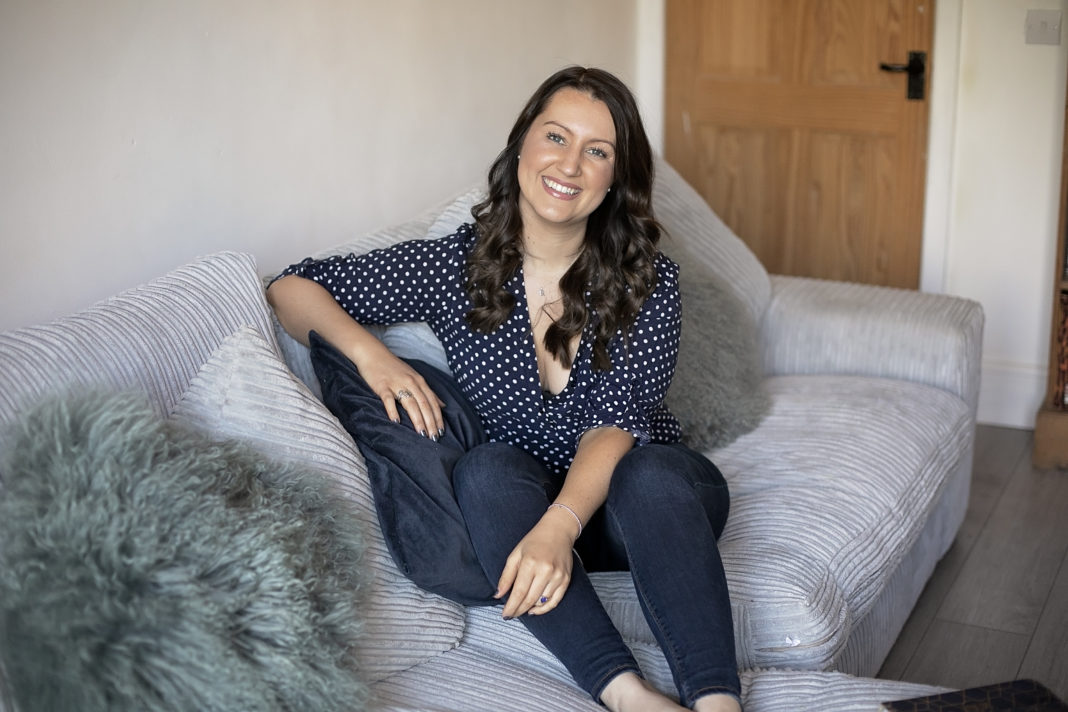‘Ever heard of ‘New Year, New You’? The idea that at the start of the year, we set resolutions that will magically change who we are and transform our lives entirely?
Yes, it’s fantastic to set goals for the year ahead, to plan changes we want to make, and to want to better or develop ourselves – but the idea that a ‘new you’ is needed to do so is at best wrong, and at worst, damaging to your mental health. It implies that you aren’t already enough; that you aren’t ‘good enough’ and each year you must change who you are. And in a world where social media (and some traditional media) can make so many of us feel inadequate on a daily basis, this archaic approach must be left where it belongs, firmly in the past.
Instead, I encourage you to recognise that you are entirely enough, just as you are. You must separate the idea of who you are, from what you want to achieve and the changes you want to make. Wanting to develop skills, become healthier or try something new are all great goals to set, but only if you are doing so with a positive approach, and not from a place of self-negativity or because you feel you ‘should’.
Using the new calendar year as a starting point to implement change is fabulous, by its very nature, this time of year heralds new beginnings and can be hugely motivational. But how can this be done in a positive way that protects your mental health and gives you the best chance of success?
Start with looking at where you are now and identify the gaps
I love to use the Wheel of Life – a Buddhist teaching to give enlightenment – for this exercise. It outlines eight life categories that you can review to see where you are satisfied and where you might want to focus and improve on. Start by scoring each category a number between 1-10, 10 being completely satisfied. You’ll quickly be able to highlight the key focus areas to set goals around by identifying the gaps between where you are now and where you want to be. One of the most important steps here is to identify WHY we want to make the changes we do.
Once these have been identified, you can create a plan to get from point A to point B, with simple steps along the way to get you there – this is the key, simple bitesize steps so you can celebrate mini-milestones and keep your motivation and commitment high. This is a powerful exercise to start with and can be done at any time. In fact, I encourage revisiting this every month or quarter to witness the changes and see how far you’ve come.
Recognise the positives
When we only focus on change, we ignore what is already great in our lives. Positivity is powerful, and adopting a positive mindset is fantastic for motivation and sticking to your goals. A simple way to do this is to create what I call a ‘Legend List’; a list of everything you’re proud of, all your achievements, big and small, the amazing things that make you, you. You can use the categories on the Wheel of Life to inspire you. Think about your achievements in each area, what are you proud of? What can you feel gratitude for and celebrate? Even the challenges will have taught you lessons, what positivity can you take from them? Note down all of these things on your Legend List, and keep it somewhere accessible so you can remind yourself regularly of all the things that make you amazing, just as you are
Create an energetic shift
By using the above tools, we can embrace a state of positivity and excitement to set the goals we want to and most importantly WHY we want to make them, rather than feeling like we have to because of societal pressure of ‘New year, new you’. A fantastic tool to shift your energy is to express gratitude. Practicing gratitudes is a really magical way of reminding yourself just how much you have achieved; and by incorporating this practice daily, it will start your day with a positive attitude as well as reminding you why you will succeed with the changes you want to make.
I recommend writing down 3-5 things you’re grateful for, every day. Sometimes it’s hard to think positively when we feel demotivated, down or under pressure, so here are some we may take for granted:
– Safety and warmth
– Our health and the health of those we love
– Food in our fridge
Don’t set resolutions
There’s a simple but powerful shift when we change up our language. I find changing ‘resolutions’ to goals can instantly make them feel more positive and motivational. So, now you’re at a point where you feel positive about yourself, high-energy, and know the areas where you want to set goals, it’s time to focus on what those goals and ambitions are. Use the Wheel of Life again, identify the steps you want to take to elevate those lower numbers. Get clear on your final goal and why you want to achieve it, then reverse engineer the steps to get there with mini-milestones along the way. Make these goals (not resolutions!) SMART (specific, measurable, achievable, realistic and timebound), for example, what will you do, how will you do it, and when do you want to achieve each step? If you break down your goals in this way, giving them meaning, working backwards from completion to identify the actions needed, you are committing to achieving them in a realistic way. This is in contrast to resolutions, which only focus on the end result without helping you map out the journey to where you want to be.
So, if you want to get your 2022 off to a great start, ditch the idea of ‘New Year, New You’, recognise all the amazing things about yourself and your life, approach your goals with a positive attitude and mindset, and focus on making the changes you want to make with a powerful WHY behind them. And above all, know that you are enough, just as you are.’









